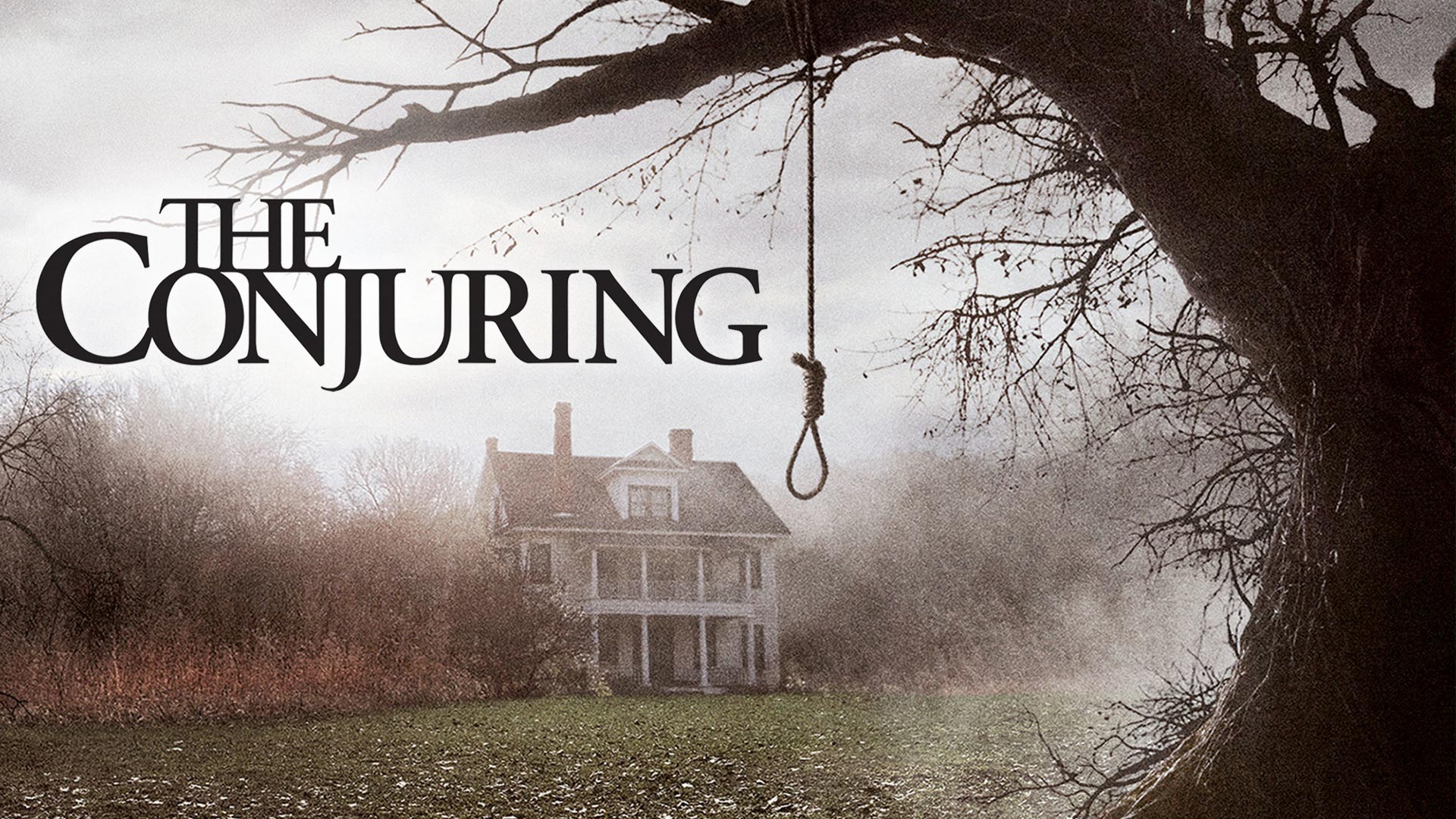The Conjuring (2013)

“The Conjuring,” directed by James Wan and released in 2013, is a supernatural horror film that has become a modern classic in the genre. Based on the true stories of paranormal investigators Ed and Lorraine Warren, portrayed by Patrick Wilson and Vera Farmiga, the film offers a chilling glimpse into their real-life encounters with malevolent forces. With its compelling narrative, strong performances, and expertly crafted suspense, “The Conjuring” not only entertains but also invites viewers to consider the nature of fear and belief.
Set in the early 1970s, “The Conjuring” follows the Warrens as they are called to assist the Perron family, who have recently moved into a secluded farmhouse in Rhode Island. From the outset, the film establishes a foreboding atmosphere, utilizing both sound design and visual elements to create an unsettling environment. The dilapidated farmhouse, with its dark corners and oppressive ambiance, serves as a character in its own right, amplifying the tension and horror that permeates the story.
James Wan’s direction is a masterclass in building suspense. He employs a variety of cinematic techniques to create an immersive experience for the audience. The use of long takes and slow reveals enhances the sense of dread, drawing viewers into the Perron family’s escalating nightmare. Wan’s ability to balance moments of quiet tension with sudden, jolting scares keeps audiences on the edge of their seats, making “The Conjuring” a truly effective horror film.
At the heart of the film are the performances of Patrick Wilson and Vera Farmiga as Ed and Lorraine Warren. Their chemistry is palpable, grounding the supernatural elements of the story in genuine emotion. Farmiga’s portrayal of Lorraine, a clairvoyant with a deep sense of empathy, adds depth to the narrative, while Wilson’s Ed, a devoted husband and experienced investigator, provides a stabilizing presence. Together, they form a formidable team, and their unwavering belief in the power of love and faith offers a counterbalance to the darkness they encounter.
The film’s narrative structure effectively interweaves the personal struggles of the Perron family with the Warrens’ investigation. The Perrons, led by matriarch Carolyn (played by Lili Taylor), are depicted as a loving yet vulnerable family facing unexplainable occurrences. As the supernatural events escalate—objects moving on their own, eerie noises, and violent manifestations—the emotional toll on the family becomes increasingly apparent. Taylor’s performance captures the anguish and desperation of a mother fighting to protect her children from an unseen evil, making the audience deeply invested in their plight.

One of the most compelling aspects of “The Conjuring” is its exploration of belief and skepticism. Throughout the film, characters grapple with their understanding of the supernatural. The Warrens, driven by their faith and experiences, represent a perspective that embraces the unknown, while skeptics around them often dismiss the manifestations as mere coincidence or psychological stress. This tension between belief and skepticism is a recurring theme, prompting viewers to question their own perceptions of reality and the unseen forces that may exist beyond our understanding.
The film draws heavily on classic horror tropes while introducing innovative elements that keep the story fresh. The use of supernatural entities, such as the malevolent spirit haunting the Perron home, taps into primal fears of the unknown. The spirit, known as Bathsheba, is rooted in historical context, based on a real-life figure who allegedly cursed the land, adding an extra layer of authenticity and horror to the narrative. Wan’s ability to intertwine factual history with fictional horror not only heightens the tension but also engages the audience’s imagination.

The cinematography by John R. Leonetti plays a crucial role in the film’s unsettling atmosphere. The use of shadow and light, combined with meticulously crafted compositions, enhances the sense of dread. Leonetti’s camera often lingers on seemingly innocuous objects, drawing attention to details that later become significant. This careful attention to visual storytelling heightens the suspense and ensures that the audience is constantly aware of the lurking danger.
Sound design is another critical component of “The Conjuring’s” effectiveness. The film employs a haunting score, composed by Joseph Bishara, which amplifies the emotional impact of key scenes. The use of silence juxtaposed with sudden, jarring sound effects creates an immersive auditory experience that heightens the tension. This mastery of sound not only engages viewers but also immerses them in the chilling atmosphere, making the supernatural encounters all the more terrifying.

The climax of “The Conjuring” culminates in a harrowing confrontation between the Warrens and the malevolent forces within the Perron home. The film builds to this moment with a careful escalation of tension, as the stakes become increasingly dire for the Perron family. The confrontation is not only a battle against evil but also a testament to the power of love and faith in the face of darkness. The emotional weight of this climax resonates deeply, reinforcing the film’s central themes of protection and resilience.
In conclusion, “The Conjuring” is a masterfully crafted horror film that transcends traditional genre boundaries. Through its compelling narrative, strong performances, and expert direction, James Wan creates a chilling and immersive experience that captivates audiences. The film’s exploration of belief, family, and the supernatural serves as a powerful reminder of the complexities of fear and the human experience. As a standout entry in the horror genre, “The Conjuring” leaves a lasting impression, inviting viewers to reflect on the nature of evil and the enduring power of love in the face of darkness.











